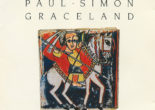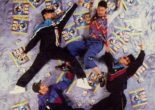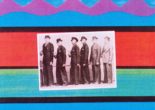
Isicathamiya
Isicathamiya is a genre of South African a capella music sung by male choirs. It was first sung in Zulu and later also in English. The choral speaking is often done in call and response.
More
Isicathamiya is a genre of South African a capella music sung by male choirs. It was first sung in Zulu and later also in English. The choral speaking is often done in call and response.
More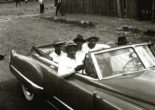
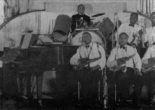
The Marabi subculture stood in stark contrast to the values of the so-called oppressed elite of South Africa, the African middle-level population with mostly missionary educational background. They criticized the Marabi and the jazz imported at the same time from America for their proximity to crime and for their non-Christian values.
More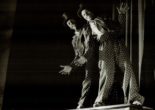
At Concert and Dance evenings, a vaudeville group appeared until midnight and was then replaced by a jazz ensemble, which played until 4 o’clock in the morning. The performing artists were often members of both the vaudeville group and the band, and bands often accompanied the vaudeville show at certain moments before their official appearance.
More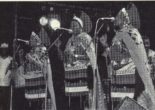
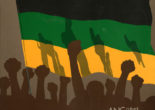
Today, “Music against Apartheid” refers to the innumerable freedom songs that, as carriers of messages of resistance to the authoritarian regime of South Africa, acted for local musicians as an important means of communication in relation to mobilization and uprising against Apartheid.
More
Social Movements to oppose the apartheid regime began in the 1950s. The aims of these anti-apartheid movements were to educate people about the situation in South Africa, to bring out of the shadows the cooperation of European states with the apartheid regime, and consequently to isolate the regime economically and culturally.
More